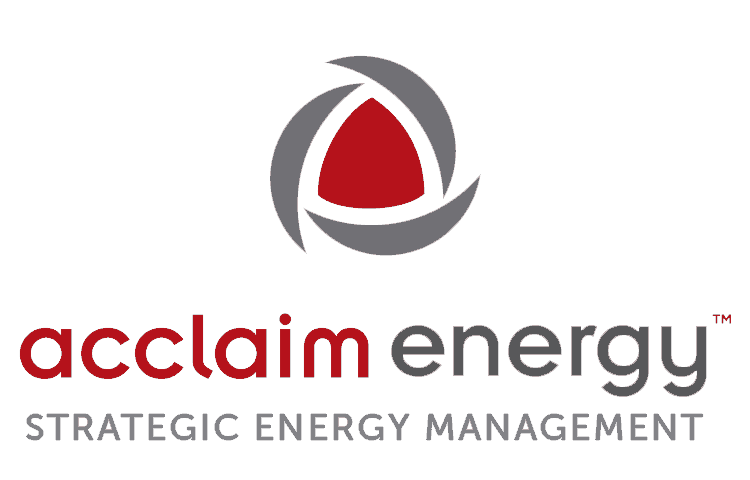World Expo 2020: At the forefront of sustainability

World Expo 2020 “Connecting minds, creating the future” shows us that it is possible to unite the world to be a catalyst for change.
Maria Jose Trevino
General Director of Acclaim Energy Mexico.
Sustainability, mobility and opportunity, are the three pillars that defined the course of the 2020 World Expo held in Dubai. In a space equivalent to twice the surface of Monaco, 192 countries exhibited their concepts, ideas, and innovations; before almost 25 million visitors who attended the event during the six months of the program that concludes in March. The expo is very consistent with its message, the planning and implementation involved in the concept of sustainability, and achieving metrics never obtained until now.
Sustainable Infrastructure
Throughout the history of these expos, the created infrastructure remained only during the semester that the event lasted, with the exception of some emblematic structures that have been relocated; the best known are the Eiffel Tower in Paris; the Seattle space Needle in Seattle; the Palace of Fine Arts in Chicago; the Brussels Atomium ; the Magic Fountain of Montjuïc in Barcelona; the Unisphere in New York and It’s a Small World in Disneyland, California.
Other structures are typically removed regardless of the resources invested. However, for the first time, following the motto of sustainability, of the almost 10 billion dollars invested in the creation of buildings and infrastructure, 80% will remain, transforming the space into a Tech city or, as Mohammed Alhashmi, the Chief Technology Officer of Expo 2020 Dubai, put it, a “sustainable, human-centric smart city.”
Sustainability has been the backbone of this project. The structures and buildings were designed with 90% reusable construction materials and met more than 40 KPIs from design to construction. Nearly 120 of the permanent buildings are receiving LEED certification for the materials and technology incorporated in their operation. Some of them achieved LEED Platinum, the highest certification granted by the US Green Building Council.
In addition, more than 130 buildings have technologies for the use of water and energy. For example, the Sustainability pavilion, called Terra, has a structure made up of more than 6,000 square meters of ultra-efficient monocrystalline photovoltaic cells arranged between glass panels. It is surrounded by 19 e-trees 15-18 m in diameter with solar panels that together generate 4 GW per year, contributing to 28% of the building’s electricity consumption.
Also, the main structure of the pavilion collects rainwater that flows below it and is used to naturally cool its surface, which is very commendable considering that Dubai frequently reaches temperatures of 50 degrees Celsius. The emblematic structure of the United Arab Emirates pavilion designed by Santiago Calatrava is impressive; with its falcon shape composed of its enormous 28 wings that move silently and coordinated through a sophisticated hydraulic system that gives it life.
Its solar panels, depending on the position of the wings, can maximize the sunlight they absorb. The solar panels were also integrated into the permanent buildings to generate around 5.5 MW of power. In this way, 50% of the electricity generation of the expo comes from renewable sources.
Energy Efficiency and Sustainability are part of the agenda
 In addition to generation, efficiency is also sought, and, therefore, a 40% reduction in electricity was achieved in outdoorlighting and water consumption was considerably reduced. In fact, 95% of the vegetation and green areas do not use chemical fertilizers and take advantage of a technological system that recycles rainwater for irrigation. Following efforts like these, they constantly seek to measure their carbon footprint, for example, they have been able to map their impact around transportation, construction materials, energy, water, and waste generation to maximize their efforts.
In addition to generation, efficiency is also sought, and, therefore, a 40% reduction in electricity was achieved in outdoorlighting and water consumption was considerably reduced. In fact, 95% of the vegetation and green areas do not use chemical fertilizers and take advantage of a technological system that recycles rainwater for irrigation. Following efforts like these, they constantly seek to measure their carbon footprint, for example, they have been able to map their impact around transportation, construction materials, energy, water, and waste generation to maximize their efforts.
Waste reduction was one of the priorities to meet its sustainability goals. In fact, the objective of separating 85% of the waste from and during construction, operation and decommissioning will be achieved. The Planet program was also introduced an Over Plastic Pledge in which international participants and trade partners of the expo are asked to commit to reducing packaging, single-use materials, and recycling. They opted for sustainable containers and bags made from agricultural fibers and materials that can be recycled up to seven times. Plastic containers are not observed in the expo. These bags and containers carry printed messages that raise awareness about caring for the environment.
Sustainability Throughout the Value Chain
The expo organizers also secured the commitment of suppliers to integrate sustainability throughout the value chain. Products and services sold must meet specific requirements outlined in your RISE Guidelines for Sustainable Operations, which are parameters designed to achieve sustainable operations supported by positive impacts that are transferred to the workforce, communities, and the environment. The supervision of the entry of products to the expo guarantees safety for the consumer and confirms that they have been manufactured and packaged in an environmentally conscious manner.
Making these efforts visible becomes paramount, and therefore the involvement of visitors to the expo is key to driving change. Seeds of Change is a crowd-solving program that seeks carbon offset. It allows the audience to determine what carbon offsets the expo will acquire by voting and by donating seeds. Depending on the trends, the expo will support inspiring projects around the world that produce carbon offsets and, in addition, promote social and economic benefits to local communities.
The theme of the World Expo 2020 held in Dubai, “Connecting Minds, Creating the Future” shows us that it is possible to unite the world to be catalysts of change by exchanging perspectives and inspiring action. Without a doubt, this exhibition has been an example that illustrates with facts the technologies, innovation and collaboration that are required to face the environmental challenges and ensure a more sustainable world.






